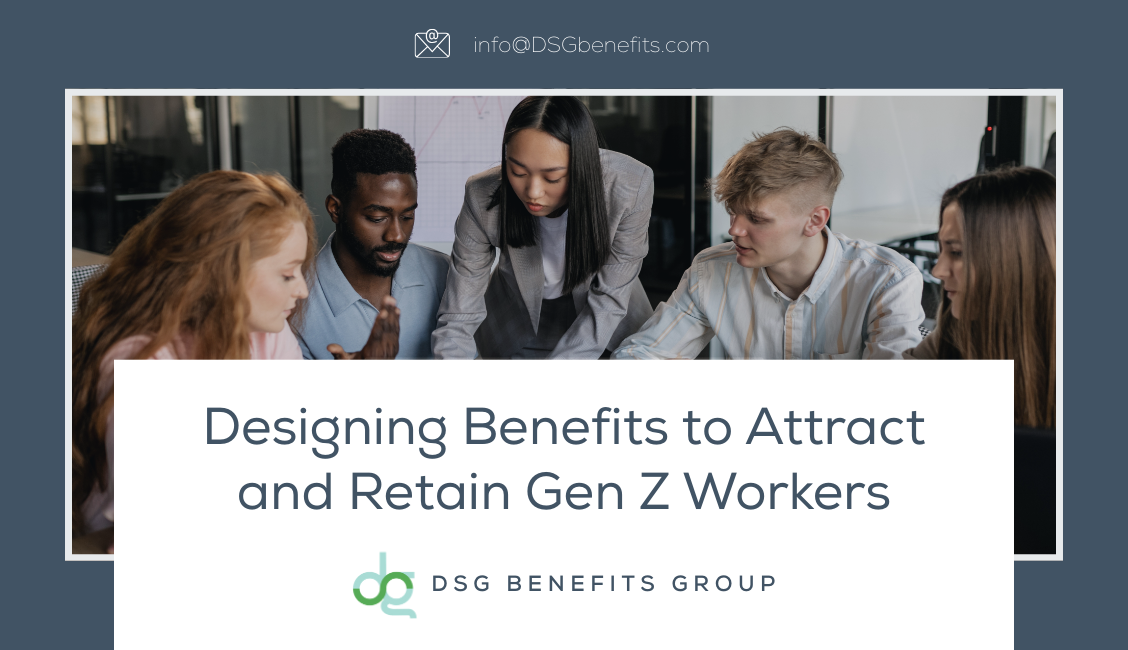What Gen Z Really Wants from Employer Benefits
The days when health insurance and a 401(k) formed a complete benefits package are gone. Today’s young workers have different priorities, and employers are taking notice.
Gen Z workers aren’t asking for the moon—they’re asking for benefits that match their lifestyle, financial situation, and values. When you understand what matters to this generation, you can create targeted benefits that attract and retain top talent without spending a ton.
After analyzing workforce trends and speaking with benefits experts, several clear patterns emerge:
1. Pet Insurance
One benefit that Gen Z wants more than other folks in the workforce is pet insurance. This makes sense when you consider:
- Many young workers adopted pets during the pandemic
- They often live alone or with roommates
- They’re managing student debt and can’t afford unexpected vet bills
The good news? This benefit costs employers virtually nothing. There are good programs that can be offered at no cost and because it’s employer-sponsored, it’s discounted to the employees by 20-25%.
2. Telemedicine Options
Gen Z expects on-demand services. They want to access care via their phone or computer rather than going in person if possible.
Telemedicine benefits:
- Reduce unnecessary emergency room visits
- Save time for both employees and employers
- Often cost less than traditional doctor visits
3. Multiple Health Plan Options
One size fits all is not the best approach when it comes to benefits.
While high-deductible health plans work well for many employees, they aren’t ideal for everyone, especially young workers with limited savings. Consider offering:
- A traditional co-pay plan alongside high-deductible options
- HSA contributions for those who choose high-deductible plans
- Personalized guidance on which plan might work best for different situations
4. Long-Term Care Insurance
Many Gen Z workers express interest in long-term care insurance. They’re at the age where they might have parents experiencing major illness and they’re having to help pay for it, so they see the value first-hand.
5. Clear Growth Paths
Young workers need to see their future clearly.
This means:
- Defined career paths with concrete steps
- Mentoring programs
- Training and development options
- Regular feedback sessions
Building a Benefits Strategy That Works
Creating the right benefits package isn’t about offering everything, it’s about offering the right things.
Listen to Your Employees
Without employee feedback, it’s nearly impossible to create a benefits program that meets the needs of an organization, especially with a diverse and multi-generational workforce.
Survey your employees annually to understand their changing needs and preferences.
Communicate Benefits Effectively
Gen Z communicates differently than previous generations. They prefer text and email compared to print and in-person communication.
Use multiple channels to share benefits information:
- Digital platforms
- Text messages
- QR codes
- Short videos
- In-person sessions
Offer Choices Without Overwhelming
Choice matters to Gen Z, but too many options can be paralyzing. Curate a selection of benefits that address different needs while keeping the decision-making process manageable.
Small Company? You CAN Compete
Many smaller companies believe they can’t match the benefits packages of larger corporations. That’s a fallacy.
Attracting and retaining Gen Z talent doesn’t require an unlimited budget, it requires understanding. When you tailor your benefits to address the specific needs and values of younger workers, you create a package that helps you stand out in a competitive hiring market.
Remember: Benefits aren’t just about what you offer, they’re about how you offer them. Clear communication, employee input, and thoughtful design can make even modest benefits packages powerful recruitment and retention tools.
Ready to update your benefits strategy? Contact us today.

